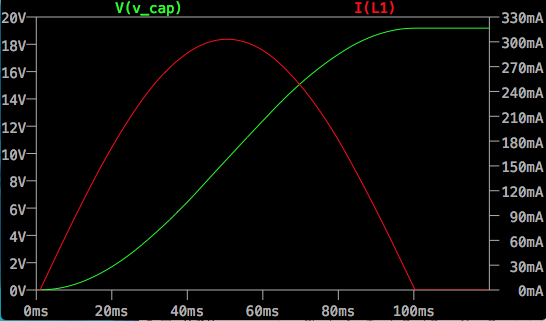In the circuit below the switch is open and the capacitor starts with an initial energy of 0J and an initial potential of 0V in it.
The switch is closed and both the battery and the inductor's magnetic field charges the capacitor up. Everything then settles down and comes to a full rest.
The Question is: Once the process is complete after the closing of the switch and everything is settled down and has come to rest, How much energy in the form of joules should the capacitor have in it as well as how much voltage should the capacitor be charged up to?
This is a real world circuit with losses in the battery source, the connecting wires, the switch, the capacitor, the diode and the inductor. So not a perfect circuit by any means.
There is no inductance value, and in fact several different types of coil sizes and resistances were tried with the same result, so that's the reason for leaving off the inductance value. The inductance value is not 0 nor is the resistance value 0.
The answer doesn't have to be exact and just a general answer is expected. If the inductance somehow changes the answer to different answers then just include an inductance of some value, just as long as it's not 0H.

simulate this circuit – Schematic created using CircuitLab




